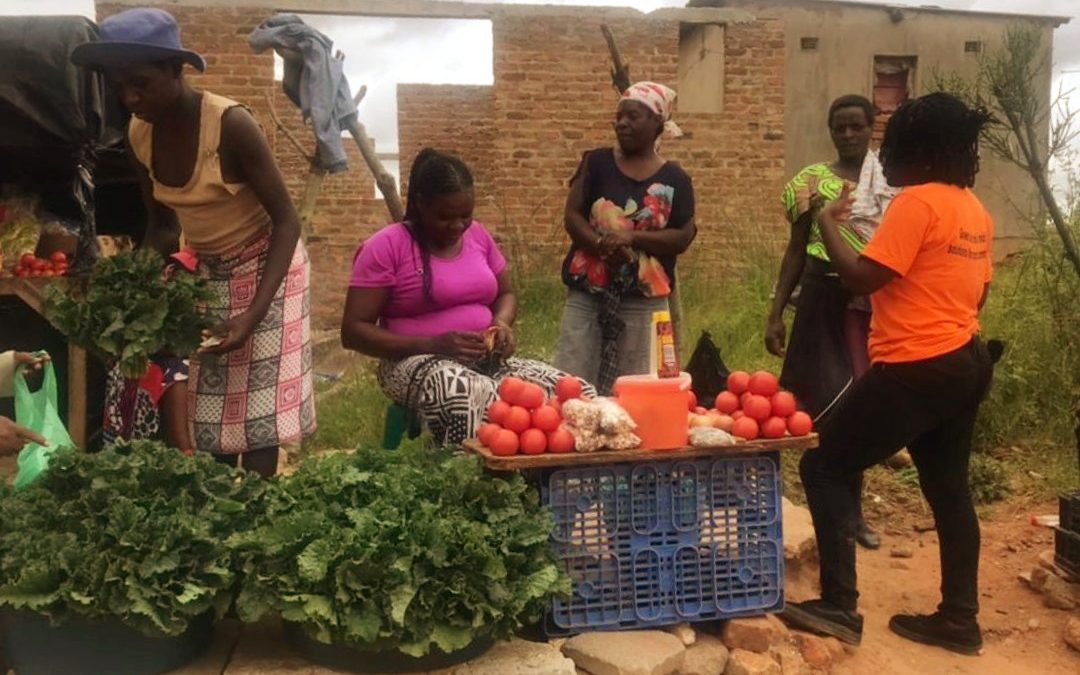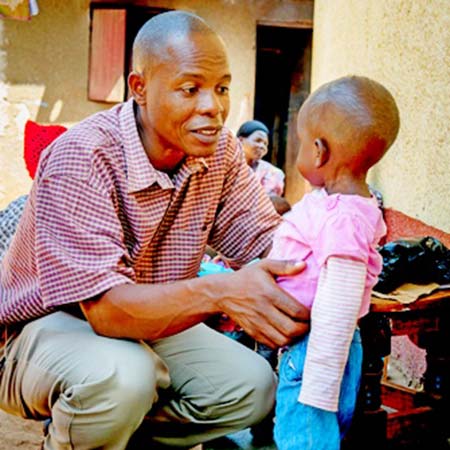Earlier this month, Mobility for Africa released the major findings from their transport survey and in this field note we share their release and key findings. With the recent fuel price increases for diesel and petro, the shift to e-solutions is now more than ever needed in rural Africa.
To donate to Mobility for Africa who are expanding their work to new communities, please click here.
Small-scale farmers and traders have been facing hardships on ferrying their produce to the markets for a long time, spending so much money on transport and long hours waiting for transport. These were the major findings from transport survey in Domboshava, a peri urban area 20 km from Zimbabwe’s capital city Harare, home to an estimated 225,000 people, many small-scale farmers, and traders.
The purpose of the survey was for Mobility for Africa to identify where their green sustainable transport and logistics services, using the Hamba, could have the greatest impact.
The major findings were:
- The economic prosperity of local economy and household income is dependent on the exchange of goods, agricultural produce and labour between it and the townships. Current motorized transport services were up to 10 to 20km away from respondents’ homes. Sometimes these trips were made on foot and goods carried.
- On average we found the access point for vehicles is 4.4 to 5.2km distance from the village and some respondents would want to carry their goods straight from their fields or homes to this access point.
- Off the main roads, communities tend to receive only very infrequent transport services. The unavailability of transport services was noted as the main reason respondents are not travelling as much as needed.
- More than 85% of respondents do not even own a car and would rather just pay for transport services like Hamba. Over 90% of the respondents said they would be willing to pay.
- With current transport options being infrequent, respondents had described a roster system for when to travel with the few motorists in their areas operating several routes and switching from one to another depending on the road conditions, fuel availability and affordability.
📸 Mobility for Africa




